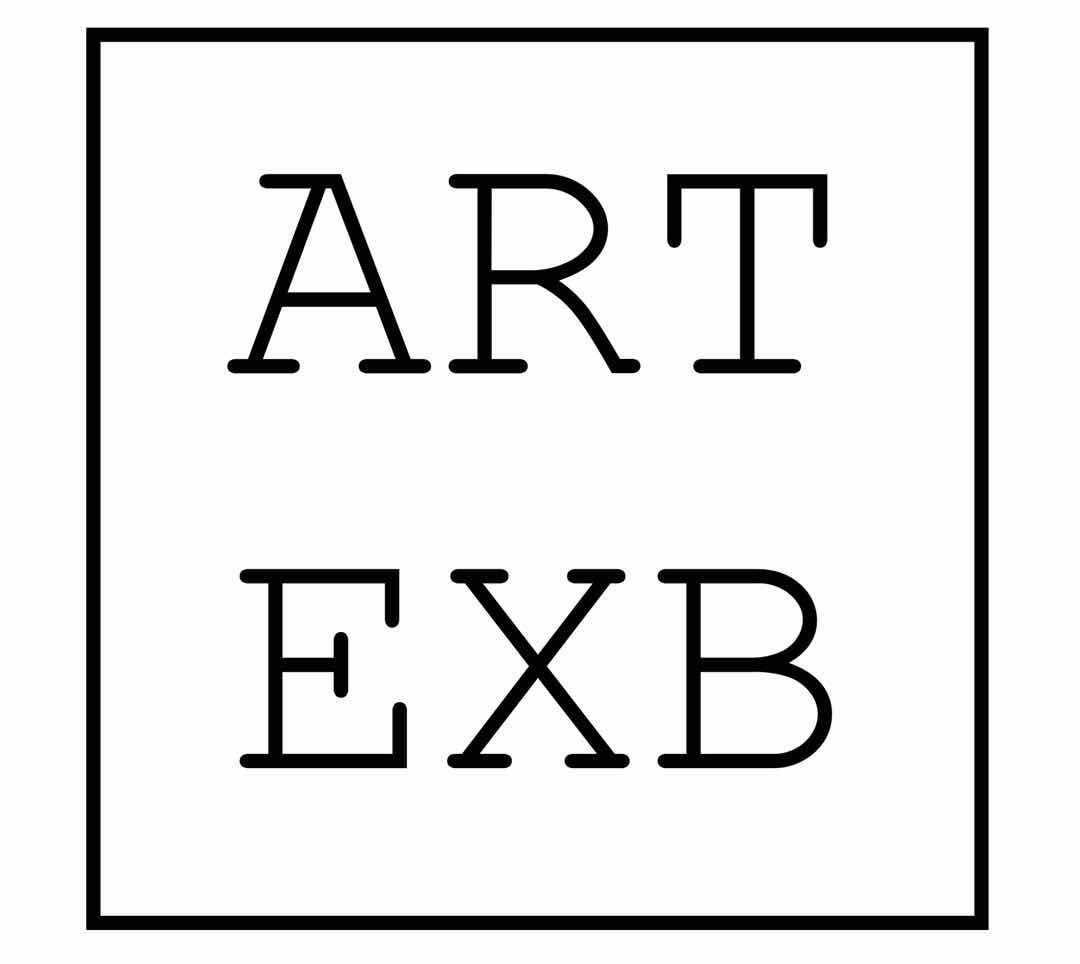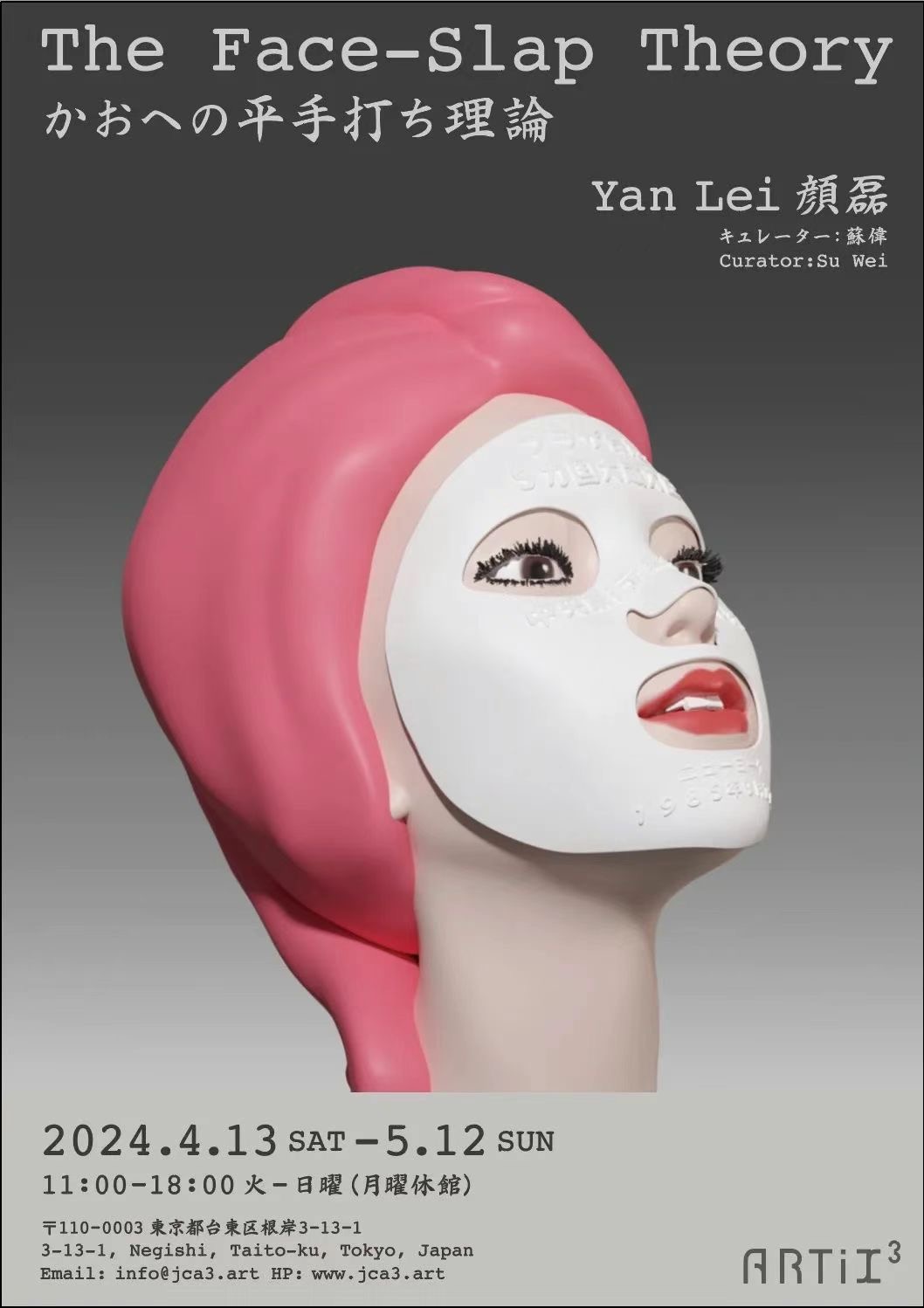The new art project “The Face-Slap Theory” by the Chinese interdisciplinary artist Yan Lei is presented for the first time at the alternative art space ARTiX³ in Tokyo, Japan. Curator Su Wei, renowned for his dedication to the study of contemporary Chinese art history, has been invited to curate the exhibition. Through a visually striking sculpture and installations, the exhibition delves into the intersection of art, politics, and economics, examining how art serves as both a product and a shaper of these forces, and how it prompts viewers and the artist to engage in dialogue within this intricate dynamic.
On September 22, 1985, the United States, Japan, the United Kingdom, France, and Germany signed the Plaza Accord at the Plaza Hotel in New York City. This agreement aimed to collectively intervene in the foreign exchange market, intending to steer the depreciation of the US dollar and the appreciation of the Japanese yen. The United States sought to stimulate export growth, alleviate domestic deficits, and tackle economic growth challenges through this accord. Concurrently, Japan, amidst an overheated economy, aimed to expand its overseas markets further. Even today, consensus eludes the understanding of the political operations and maneuvers underpinning this agreement.
A popular notion on the internet suggests that the Plaza Accord was a trap orchestrated by the United States. During the 1980s, Japan experienced rapid economic growth driven by its manufacturing sector and exports, establishing itself as one of the world’s most important economies. However, the signing and execution of the accord gradually led to the appreciation of the Japanese yen, triggering inflation and directly contributing the economic bubble in Japan during the 1990s. Following the burst of the bubble, Japan endured a prolonged period of deflation, from which it has yet to fully recover. Some intentionally apply the “face-slap theory”, a concept attributed to economist Paul Krugman during the 2008 US subprime mortgage crisis when suggesting government intervention to stimulate the economy. They argue that this theory encapsulates the transformation of Japan’s economic aspirations into a nightmare. In the context of China, this analogy serves as a cautionary tale, indicating the potential for China to encounter analogous challenges to those faced by Japan.
Yan Lei utilizes the Plaza Accord, a controversial economic event, as a lens to explore the power dynamics prevalent in today’s conservatism and the perpetual eruption of regional conflicts, along with the resulting illusions and psychological tendencies they evoke. In line with his consistent creative approach, this exploration isn’t solely critical. Employing 3D printing, he crafts a female model head adorned with a glossy urban middle-class-like mask, bearing the inscription of the Plaza Accord, the participating countries, and the signing date. The actual contents of the Plaza Accord adorn the real face masks within the exhibition hall. The political alliances and confrontations among nations, particularly across continents, reverberate in today’s world in a residual manner: still widely utilized, yet inadequate in addressing contemporary regional and national conflicts, even in a binary sense. They falter in depicting their impact on specific events and their deviations. Internally, they’re fraught with logical paradoxes, incapable of self-verification. This expressionless model head, detached from the human geopolitical sentiments mentioned earlier, is juxtaposed with the Plaza Accord and the “face-slap” theory. Absent is the familiar humanistic critical perspective; instead, reliance is placed on the artist’s creation of a “reality-transcendence” grammar, reminiscent of classic conceptualism, to refine its poetic essence. No matter whether this poetry arises from dislocation, inversion, or immersion in reality and the choice of stance.

